Provisional government
A provisional government, also called an interim government, an emergency government, or a transitional government,[1] is an emergency governmental authority set up to manage a political transition generally in the cases of new nations or following the collapse of the previous governing administration. Provisional governments are generally appointed, and frequently arise, either during or after civil or foreign wars.
| Part of the Politics series | ||||||||
| Basic forms of government | ||||||||
|---|---|---|---|---|---|---|---|---|
| Power structure | ||||||||
|
||||||||
| Power source | ||||||||
|
||||||||
| Power ideology | ||||||||
|
||||||||
| Politics portal | ||||||||
Provisional governments maintain power until a new government can be appointed by a regular political process, which is generally an election.[2] They may be involved with defining the legal structure of subsequent regimes, guidelines related to human rights and political freedoms, the structure of the economy, government institutions, and international alignment.[3] Provisional governments differ from caretaker governments, which are responsible for governing within an established parliamentary system and serve as placeholders following a motion of no confidence, or following the dissolution of the ruling coalition.[3]
In opinion of Yossi Shain and Juan J. Linz, provisional governments can be classified to four groups:[4]
- Revolutionary provisional governments (when the former regime is overthrown and the power belongs to the ones who have overthrown it).
- Power sharing provisional governments (when the power is shared between former regime and the ones who are trying to change it).
- Incumbent provisional governments (when the power during transitional period belongs to the former regime).
- International provisional governments (when the power during the transitional period belongs to the international community).
The establishment of provisional governments is frequently tied to the implementation of transitional justice.[5] Decisions related to transitional justice can determine who is allowed to participate in a provisional government.
The early provisional governments were created to prepare for the return of royal rule. Irregularly convened assemblies during the English Revolution, such as Confederate Ireland (1641–49), were described as "provisional". The Continental Congress, a convention of delegates from 13 British colonies on the east coast of North America became the provisional government of the United States in 1776, during the American Revolutionary War. The government shed its provisional status in 1781, following ratification of the Articles of Confederation, and continued until it was supplanted by the United States Congress in 1789.
The practice of using "provisional government" as part of a formal name can be traced to Talleyrand's government in France in 1814. In 1843, American pioneers in the Oregon Country, in the Pacific Northwest region of North America established the Provisional Government of Oregon—as the U.S. federal government had not yet extended its jurisdiction over the region—which existed until March 1849. The numerous provisional governments during the Revolutions of 1848 gave the word its modern meaning: A liberal government established to prepare for elections.
List of provisional governments
Numerous provisional governments have been established since the 1850s, including:
Africa
.svg.png)

.svg.png)







Asia
.svg.png)
World War I and Interbellum
- Provisional Government of India (1915), established in Kabul.
- Republic of Van (1915), established in Western Armenia.



World War II
.svg.png)
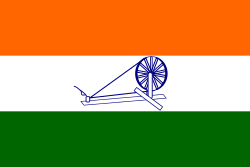
Cold War and aftermath



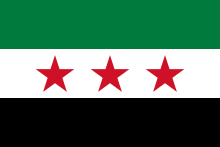
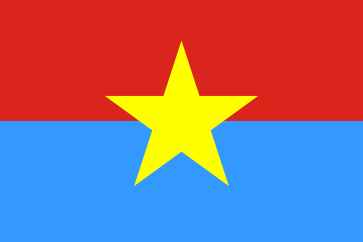
.svg.png)
.svg.png)

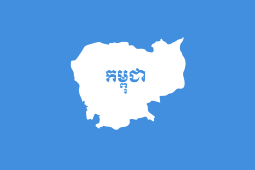

21st century
.svg.png)
- Iraqi Interim Government and the Iraqi Transitional Government were both provisional authorities established after the hand over of power to the Iraqi people following the 2003 invasion of Iraq to govern pending the adoption of a permanent constitution.



Europe
.svg.png)
World War I and Interbellum
.svg.png)


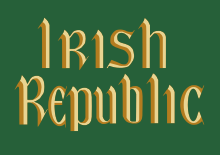
.svg.png)




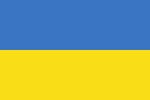


World War II

.svg.png)
.svg.png)
.svg.png)
.svg.png)
.svg.png)
.svg.png)
Provisional governments were also established throughout Europe as occupied nations were liberated from Nazi occupation by the Allies.
Cold War
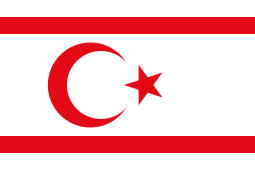
Collapse of the USSR



Pacific Ocean
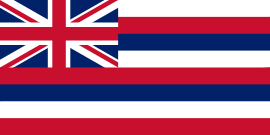
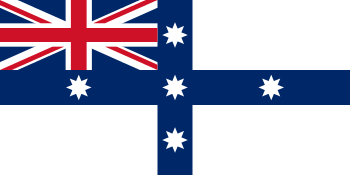
South America and the Caribbean Sea


See also
- Caretaker government
- Government in exile
- Interregnum
- Martial law
- Provisional Revolutionary Government
References
- Google Ngram Viewer
- "caretaker government". Credo Reference. Dictionary of politics and government. Retrieved 18 December 2015.
- Shain(1) Linz(2), Yossi(1) Linz(2) (January 1992). "The Role of Interim Governments". Journal of Democracy. doi:10.1353/jod.1992.0012.
- Yossi Shain, Juan J. Linz, "Between States: Interim Governments in Democratic Transitions", 1995, ISBN 9780521484985 , p. 5
- McAuliffe, Padraig (09/01/2010). "Transitional Justice and the Rule of Law". ague Journal of the Rule of Law. doi:10.1017/S1876404510200015. Check date values in:
|date=(help) - Sayigh, Yezid (1999). Armed Struggle and the Search for State: The Palestinian National Movement, 1949–1993 (illustrated ed.). Oxford University Press. p. 624. ISBN 9780198296430.CS1 maint: ref=harv (link) "The Palestinian National Council also empowered the central council to form a government-in-exile when appropriate, and the executive committee to perform the functions of government until such time as a government-in-exile was established."
- United Nations General Assembly Session 67 Resolution 19. A/RES/67/19 Retrieved 2013-01-07.
- "The Palestinian Authority".
- "The Provisional National Government (1945)". The Orange Files: Notes on Illiberal Democracy in Hungary. Retrieved 20 March 2017.